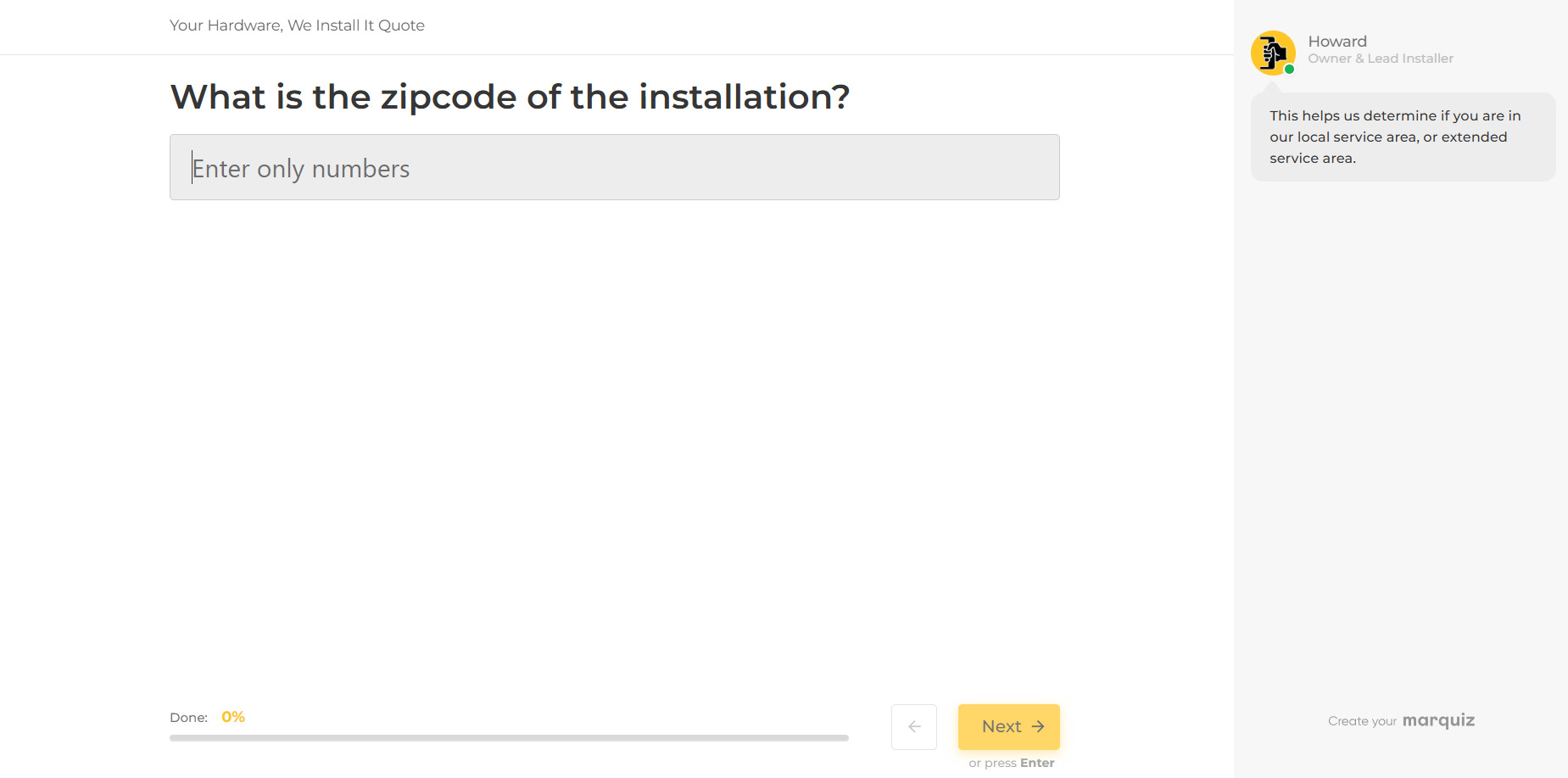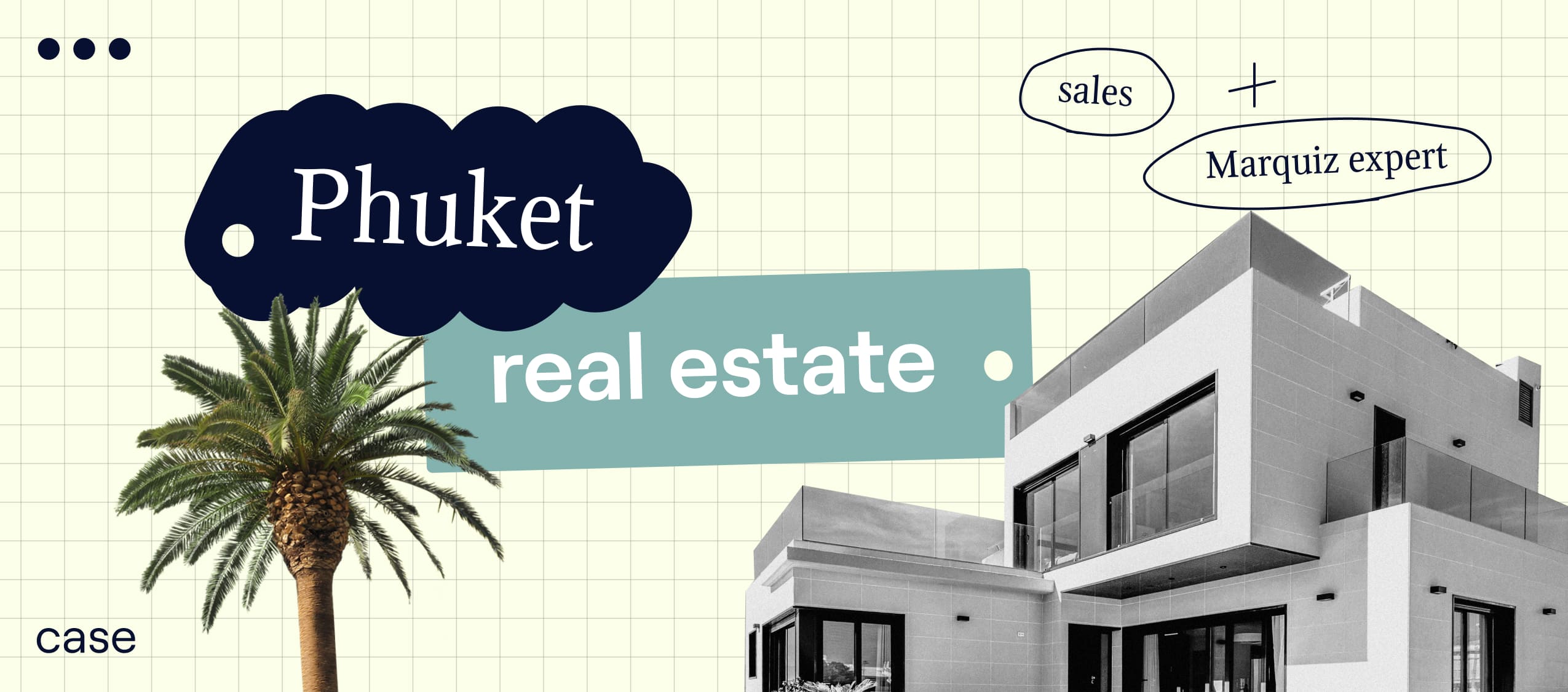
Quiz Instead of Form: 80% Lower CPL and Double Revenue
Hello👋
I'm Jeffrey McLean, a marketing tech and development consultant. In this case study, I’ll walk you through how we improved lead generation and cut CPL (cost-per-lead) by nearly 80% by replacing traditional forms with interactive quizzes.
The client and the goal
PullsPlus is a local service business based in North Dallas, Texas, specializing in cabinetry hardware installations. They have 3 different service models:
1. The customer provides the hardware, and PullsPlus provides the installation.
2. The customer purchases hardware from PullsPlus, and installation is included.
3. PullsPlus advises clients, and helps them choose, supplies, and installs the hardware.
Initially, we used traditional forms, but the client wanted to collect a large amount of information from customers at once, which often leads to lower conversion rates. At one stage, the form contained up to eight fields, and users were not willing to fill in details about hardware, color, cabinet count, zipcode, among other things.
I wanted to find a solution that would be more interactive, feel more personal, encourage completion, and be generally intuitive to our service. That's why we decided to try out Marquiz.
The goal: To increase engagement and the number of leads while decreasing cost-per-lead (CPL).
Target audience: The owners of houses, apartments, and townhouses, 40-70 years old, 65% skewing toward females, typically in the median to slightly above average HHI (Herfindahl — Hirschman index).
Geo: North Dallas, Texas.
Campaign period: February 2024 — February 2025.
Solution: Quiz instead of traditional form
We created two quizzes, one for the installation with customers' hardware, and one to help them choose hardware from PullsPlus, and embedded them on the website.
With Marquiz, we were able to build forms with explanatory videos, dynamic questions, and visual elements tailored to user input. Additionally, we could integrate these quizzes into our automation workflows (Make.com and Pabbly Connect), allowing us to collect the same amount of information while providing a personalized and polished user experience.


For our “Installation Only” quiz, we asked relatively few questions, as these users already had their own hardware. We didn't need to know exactly what they were looking for, we just needed to know where to install the product and on which cabinetry face.

We asked for their zipcode to determine whether the customer was in our local service area or an extended service area.

We found out how many hardware pieces the customer needed to be installed. The assistant’s hint provided a breakdown of what the installation would include.

Then we asked about the style of the cabinetry and suggested adding a soft-close feature to their cabinets. The best feature we used was the smart tip with the video in the corner to showcase the soft-close functionality.

Before switching to the lead form, we also suggested installing an Instant Hot Water tank to their kitchen faucet.

Our Lead form was intentionally minimal, collecting only name, email, and phone number.

After filling out the form, the client was directed to the results page. The cost was automatically calculated based on a formula that took into account the specified zipcode, number of hardware pieces, and additional offers selected. It clearly presented the cost breakdown, next steps, and expectations for PullsPlus services. We used a CTA button to direct the client to our installation service page, where they could customize the services they needed with a clear understanding of the estimated cost.
Traffic sources
Our main traffic sources are Google Search Ads and Localized SEO. We also have several secondary traffic sources, including social media posting on platforms like Nextdoor and local community groups, as well as yard signage at major traffic intersections.
.jpg)
Before launching the quizzes on our website, we wanted to conduct a small test to see how well they would work.
Initially, we started with our “Hardware + Install” quiz, as we thought it would be our primary service. Using Swipe Pages, we created a landing page that included both a form and a quiz as options.During a two-month test, we received 226 unique visitors and had a form conversion rate of 0.88% (2 conversions). However, during that same time period, we had 18 conversions using the Marquiz form, resulting in a conversion rate of 7.9%, which was much better. Based on this data, we confidently adopted Marquiz as our primary lead generation tool.

Results
Our main goal was to get more leads for less money. During the "24-25" campaign, Marquiz handled this scenario perfectly. We received 281 leads, 223 of which were generated by Marquiz. CPL dropped from $108 to $23, a reduction of nearly 80%, and the total conversion increased by 40%.
%20(1)%20(2).png)
Thanks to the improvements in the conversion rate, we made adjustments to our Google Ads account and reduced ad spend by approximately 33%. Additionally, it allowed us to take advantage of our growing Local SEO traffic. We saw a nearly 100% increase in organic search traffic year over year, as our high-converting lead generation quiz allowed us to capture these visitors more efficiently than the year before.
Key results:
Key benefits of using Marquiz
The efficiency increase achieved through the use of the Marquiz platform has been a critical factor for this small local business, allowing it to reach the six-figure revenue mark and increase margins. This has also allowed the business to begin planning for expansion of its workforce and service area.
Marquiz has been one of the most significant technological additions to the company's business stack. It has not only provided a significant impact but also a professional UX that would have been costly to develop from scratch and the company has barely scratched the surface of the platform's potential.
Also, it's worth noting that the majority of sales occur in person, either through scheduled meetings or over the phone. Prior to 2024, the website was mainly used for information and product displays, and they rarely received online orders. This was because people who were buying handles or hardware wanted to be able to see and experience the equipment before making a purchase. After implementing Marquiz and the CTA button, we saw a significant improvement in this area. I believe this is due to the ability to customize quizzes, as well as the use of imagery, videos, color schemes, text helpers, incentives, and other features.
For the future, I am very excited to try out the new shopping cart features and implement a payment provider directly. This should reduce the number of steps and keep users on the platform, leading to even more revenue.
Thank you for your interest in this topic!
A marketing tech & development consultant









.jpg)
.jpg)





